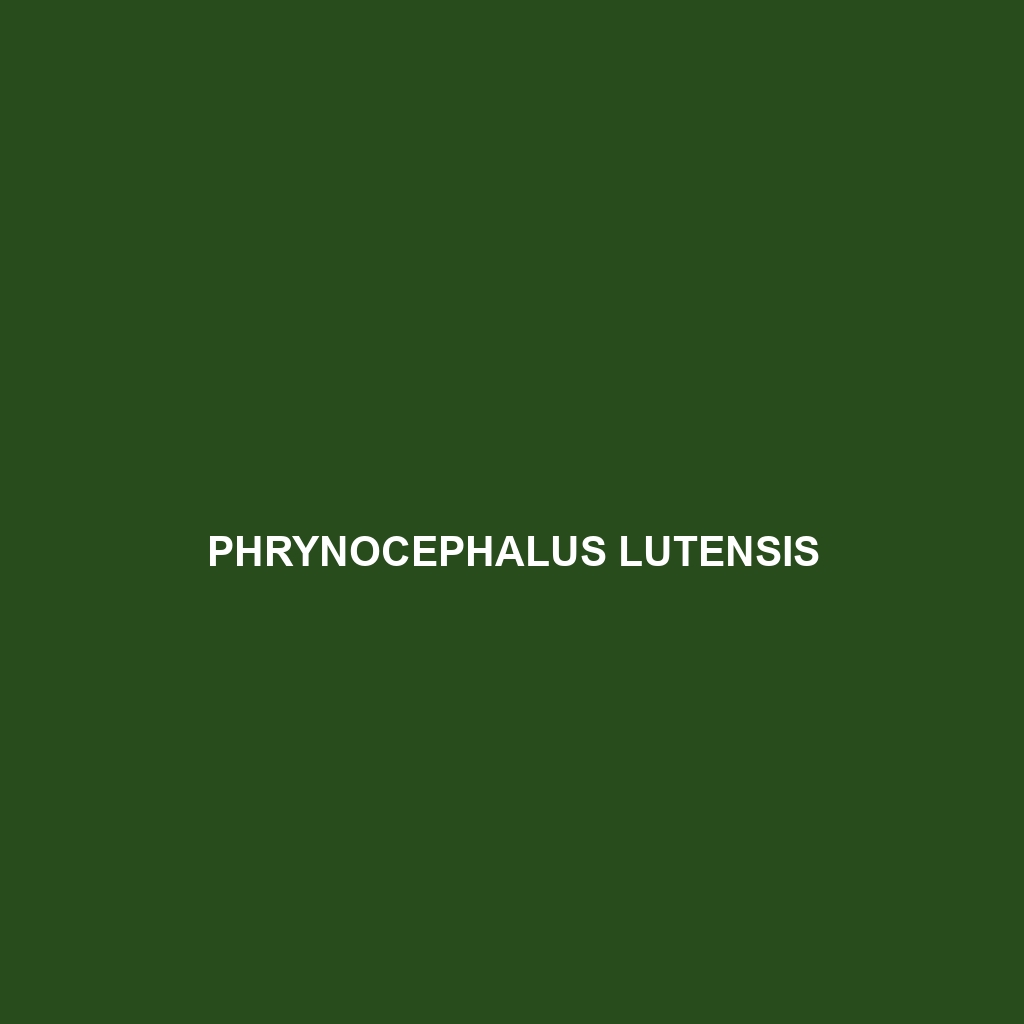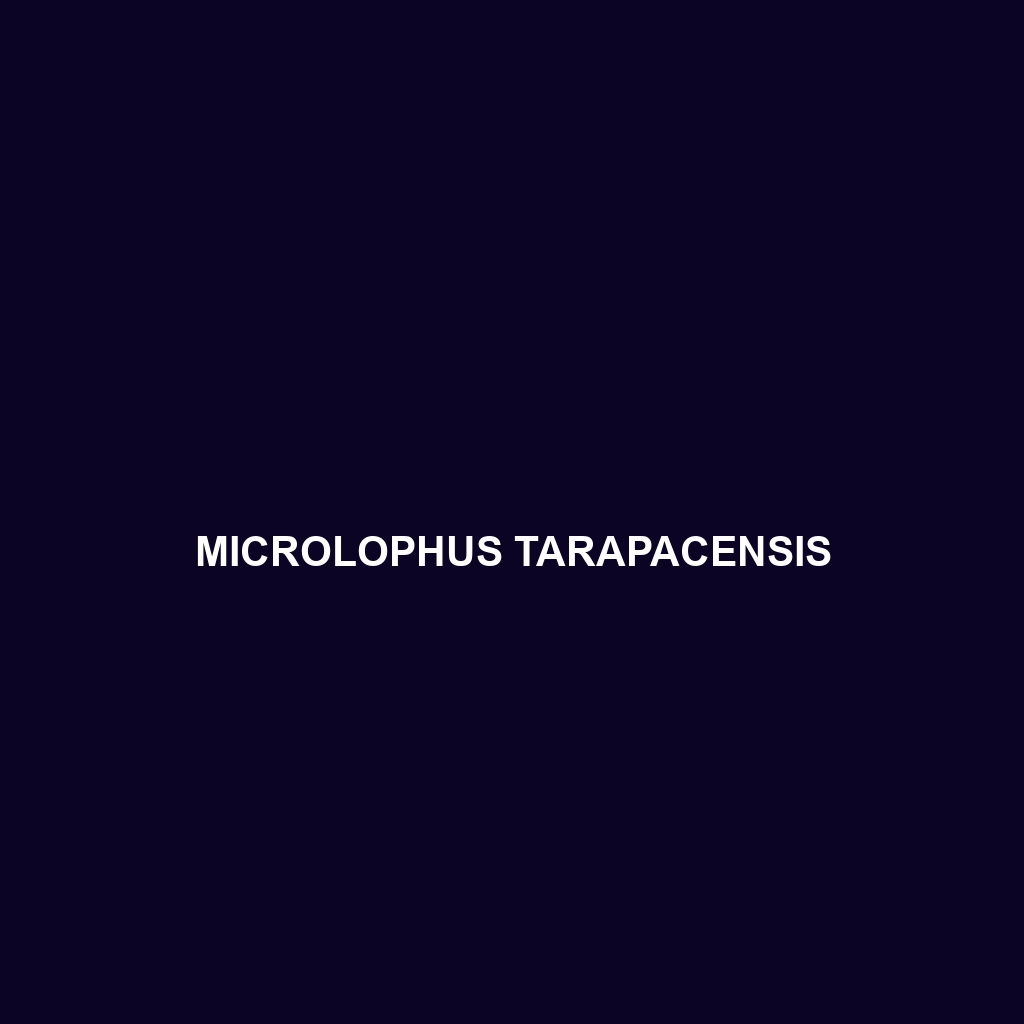Discover the fascinating <b>Pseudotrapelus sinaitus</b>, also known as the Sinai Agama, a resilient lizard native to the arid regions of northeastern Africa, showcasing vibrant colors in males and a primarily insectivorous diet. With impressive climbing abilities and distinct social behaviors, this species plays a vital role in maintaining ecological balance in its desert habitat.
Tag: desert lizard
Pseudotrapelus sinaitus
Discover the fascinating <b>Pseudotrapelus sinaitus</b>, also known as the Sinai Agama, a resilient lizard native to the arid regions of northeastern Africa, showcasing vibrant colors in males and a primarily insectivorous diet. With impressive climbing abilities and distinct social behaviors, this species plays a vital role in maintaining ecological balance in its desert habitat.
Phrynosoma ditmarsi
Discover Phrynosoma ditmarsi, the fascinating horny toad known for its unique flattened body, spiny camouflage, and diurnal behavior. Native to arid regions in the southwestern United States and Mexico, this insect-eating lizard plays a crucial role in its ecosystem while adapting to varying temperatures and habitats.
Phrynocephalus reticulatus
Discover the fascinating Phrynocephalus reticulatus, commonly known as the reticulated toad-headed agama, which thrives in the sandy deserts of Central Asia. This distinctive lizard, notable for its flattened body and intricate reticulated patterns, plays a crucial role in its ecosystem as an insectivore while showcasing unique burrowing and camouflaging behaviors.
Phrynocephalus lutensis
Discover the Saharan flat-headed agama (Phrynocephalus lutensis), a resilient lizard native to North Africa's arid environments, featuring a flattened body for burrowing, sandy beige to light brown camouflage, and a diet primarily consisting of insects. With its unique territorial displays and ability to thrive in harsh climates, this species plays a crucial role in maintaining ecosystem balance.
Phrynocephalus arabicus
Discover the intriguing Phrynocephalus arabicus, a resilient lizard from the arid deserts of the Arabian Peninsula, known for its unique flattened body, broad spiny scales, and remarkable adaptability to extreme temperatures. This fascinating insectivore plays a crucial role in maintaining ecological balance by regulating insect populations while serving as a vital food source for larger predators.
Pachydactylus gaiasensis
<p><b>Pachydactylus gaiasensis</b> is a medium-sized, nocturnal lizard native to southern Africa's arid regions, known for its sandy brown coloration and large toes adapted for sandy terrain. Primarily insectivorous, it plays a crucial role in controlling insect populations while exhibiting fascinating survival adaptations such as tail regeneration.</p>
Microlophus tarapacensis
Discover the Microlophus tarapacensis, also known as the Tarapacá lizard, a fascinating insectivore native to the arid coastal regions of northern Chile. With its remarkable camouflage, robust build, and unique behaviors, this lizard thrives in rocky outcrops while playing a vital role in its ecosystem.
Mesalina pasteuri
<b>Mesalina pasteuri</b>, a hardy insectivorous lizard found in arid regions of the Arabian Peninsula and North Africa, measures 10-13 cm in length and is well-adapted to its sandy habitat with remarkable agility and unique thermoregulation behaviors. This species plays a vital role in controlling insect populations and supports the ecological balance of its desert environment.
Mesalina olivieri
Discover the resilient Mesalina olivieri, or Olivier's Mabuya, a fascinating lizard native to the arid regions of North Africa and the Arabian Peninsula. With its striking sandy beige coloration, swift movements, and insectivorous diet, this species thrives in challenging environments, playing a crucial role in maintaining the balance of its ecosystem.









